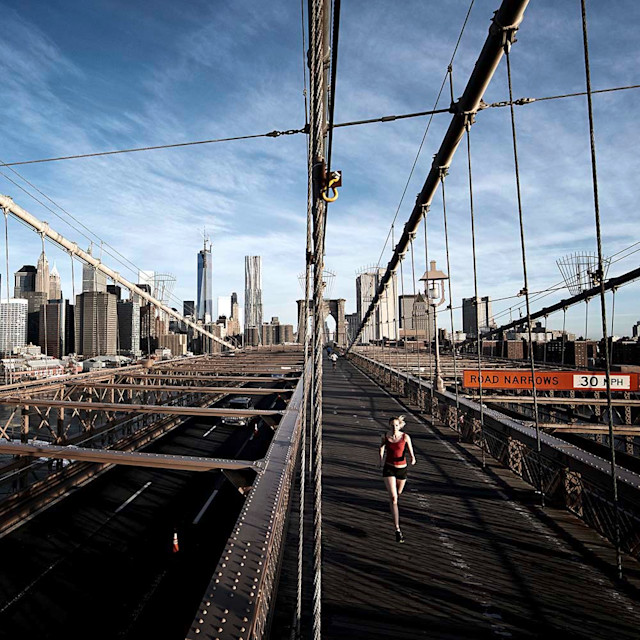Implement these strategies for safer miles.
The gist:
Midsummer temperatures put runners at risk of heat exhaustion and, in the worst case, heatstroke. You can log safer miles by following a few simple rules.
Expert insight:
Hot weather increases your core temp, which makes your body work harder to pump blood to the skin’s surface for cooling, explains David Siik, LA-based senior manager of running for Equinox and creator of Precision Run. In turn, your heart rate increases and less blood reaches your muscles, making a run of any distance feel more challenging than it would on a cooler day.
If you have to train outside midday, skip hill work and long runs, Siik says. Instead, opt for moderate-pace miles or intervals with rest periods that allow you to fully recover between bouts of work. Always carry electrolyte-spiked water with you and cap your workout at 45 minutes to avoid heat exhaustion, he says. Cut it even shorter if the feels-like temperature reaches 90 degrees.
The bottom line:
Ideally, you’d log all your outdoor summer runs before 10 a.m. and after 6 p.m. when the sun isn’t as strong, Siik says. Slow to a walk and find some shade if you start to feel sluggish or your skin turns cool and clammy, early signs of heat exhaustion. If the heat index exceeds 96 degrees, take your workout indoors.
